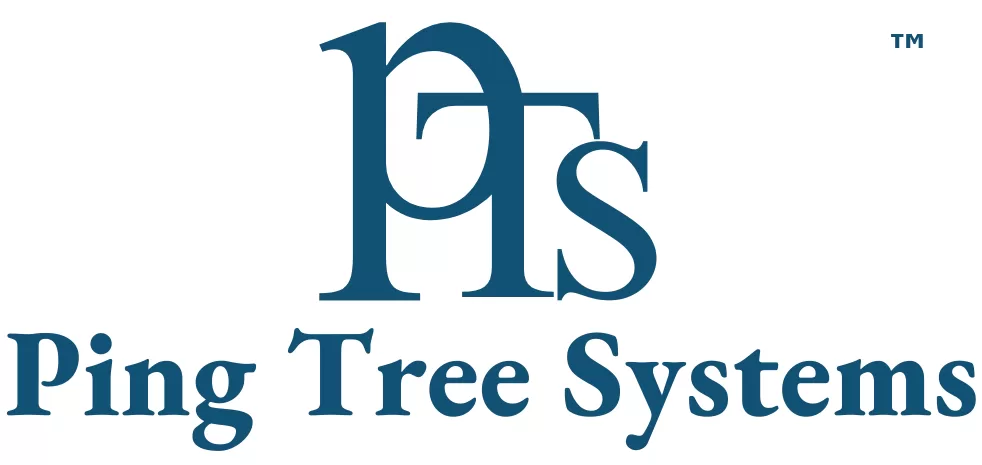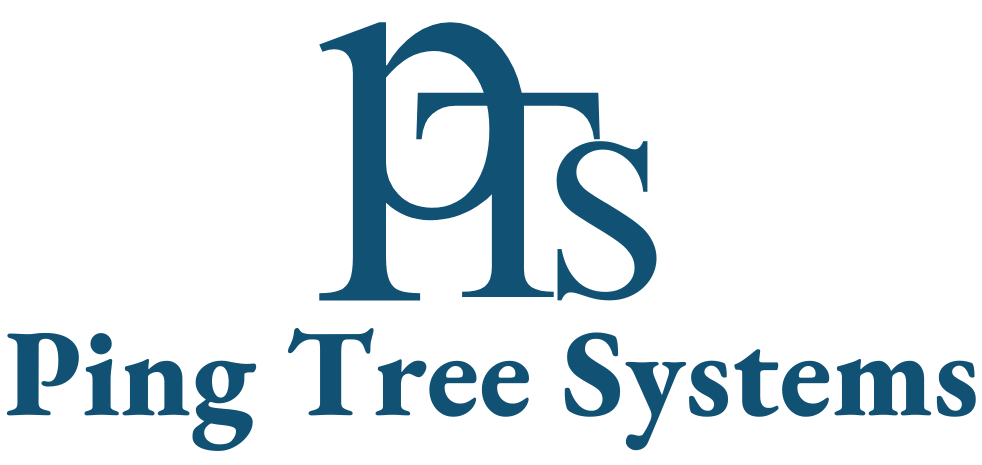1. Segment Your Leads by Project Type
Start by categorizing your leads based on the services they’re interested in — such as roofing, kitchen remodels, window replacements, HVAC, etc. This segmentation allows your sales team to tailor their follow-ups and marketing messages for specific project types. An organized Lead Distribution System ensures that these segmented leads are routed to the right sales reps or contractors efficiently. Utilizing Leads Distribution Software can further automate this process, increasing response speed and improving overall conversion rates.
Example segments:
-
Bathroom Renovation
-
Roofing Repairs
-
Window Installations
-
Full Home Remodels
Benefits:
-
Personalized communication
-
Faster sales cycle
-
Easier performance tracking by category
2. Use a Lead Scoring System
Not every lead is ready to convert. Implementing a lead scoring system in your CRM helps prioritize the most qualified leads. Score leads based on criteria such as engagement level, service interest, and budget. For industries dealing with payday loans leads, this is especially critical. By using a ping and post setup, you can instantly evaluate and distribute leads for payday loan providers based on score, ensuring your sales team focuses on the most promising opportunities.
-
Project urgency
-
Budget size
-
Type of property (residential vs. commercial)
-
Engagement (e.g., form submissions, calls)
Pro tip: Automate this scoring using CRM workflows and rules.
3. Create Clear Sales Stages
Design a pipeline that reflects your sales process. Each stage should represent a step in the customer journey — from initial contact to signed contract and post-project follow-up. By integrating ping post lead distribution software into your CRM, you can automate the assignment of leads to the appropriate sales reps at each stage. This, combined with efficient Lead Distribution Software, ensures that no opportunity is missed and your team can focus on closing deals faster and more effectively.
Typical stages might include:
-
New Lead
-
Contacted
-
Site Visit Scheduled
-
Quote Sent
-
Negotiation
-
Closed Won / Lost
4. Automate Follow-Ups and Reminders
Use your CRM to automate follow-ups via email or text when a lead reaches a certain stage. For example:
-
Send a thank-you email after a consultation
-
Remind prospects about pending quotes
-
Notify team members to follow up if a lead goes cold
5. Track Communication History
Keep a complete record of all customer communications — phone calls, emails, site visits, and notes. This ensures any team member can pick up where the last left off.
Benefits:
-
Seamless team collaboration
-
Better customer experience
-
No lost details during handoffs
6. Integrate with Your Marketing Tools
Connect your CRM to your advertising platforms, website forms, Facebook Lead Ads, or Google Ads. When a homeowner submits a lead form, the CRM should automatically capture and categorize that data.
This integration makes your CRM the central hub for all incoming leads — from digital ads to referral forms.

